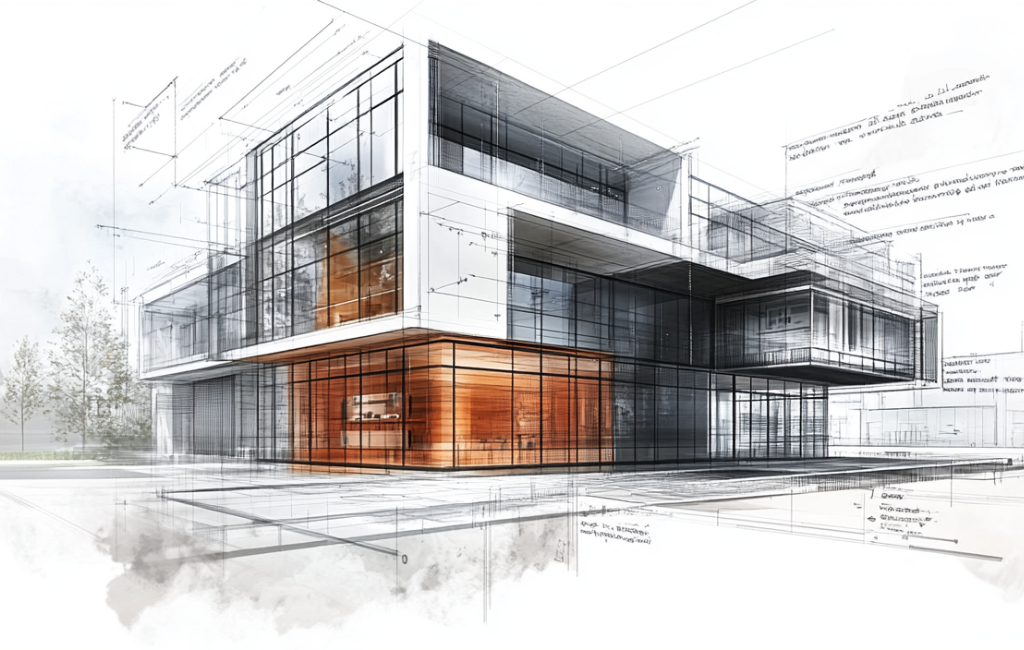Architect Leading Modern Construction

-
Table of Contents
- Architect Leading Modern Construction
- The Role of Architects in Modern Construction
- Designing for Functionality and Aesthetics
- Incorporating Sustainability
- Case Studies: Architects Making a Difference
- Zaha Hadid: Pioneering Parametric Design
- Norman Foster: Champion of High-Tech Architecture
- Statistics: The Impact of Architects on Modern Construction
- Challenges and Opportunities
- Conclusion
Architect Leading Modern Construction
In the ever-evolving field of construction, architects play a pivotal role in shaping the built environment. Their influence extends beyond mere design; they are the visionaries who integrate functionality, sustainability, and aesthetics into the structures that define our cities and communities. This article explores the multifaceted role of architects in modern construction, highlighting their contributions through examples, case studies, and statistics.
The Role of Architects in Modern Construction
Architects are responsible for more than just creating blueprints. They are involved in every stage of the construction process, from initial concept to final execution. Their responsibilities include:
- Designing buildings that meet the needs of clients and users
- Ensuring compliance with building codes and regulations
- Incorporating sustainable practices and materials
- Collaborating with engineers, contractors, and other stakeholders
- Overseeing the construction process to ensure quality and adherence to design
Designing for Functionality and Aesthetics
One of the primary tasks of an architect is to create designs that are both functional and aesthetically pleasing. This balance is crucial in modern construction, where buildings must serve practical purposes while contributing to the visual appeal of their surroundings.
For example, the Burj Khalifa in Dubai, designed by Adrian Smith, is not only the tallest building in the world but also a marvel of engineering and design. Its sleek, tapering form is both functional, reducing wind forces on the structure, and visually striking, making it an iconic landmark.
Incorporating Sustainability
Sustainability has become a key consideration in modern construction. Architects are at the forefront of this movement, integrating eco-friendly materials and energy-efficient systems into their designs. This approach not only reduces the environmental impact of buildings but also enhances their long-term viability.
The Bullitt Center in Seattle, designed by the Miller Hull Partnership, is a prime example of sustainable architecture. Dubbed the “greenest commercial building in the world,” it features solar panels, rainwater harvesting, and composting toilets, among other sustainable technologies. The building produces more energy than it consumes, setting a new standard for eco-friendly construction.
Case Studies: Architects Making a Difference
Zaha Hadid: Pioneering Parametric Design
Zaha Hadid, known for her innovative and futuristic designs, revolutionized the field of architecture with her use of parametric design. This approach uses algorithms to generate complex forms and structures, allowing for unprecedented creativity and precision.
One of her most famous projects, the Heydar Aliyev Center in Baku, Azerbaijan, exemplifies this technique. The building’s fluid, wave-like form is both visually stunning and highly functional, housing a museum, auditorium, and conference center. Hadid’s work continues to inspire architects around the world to push the boundaries of design.
Norman Foster: Champion of High-Tech Architecture
Norman Foster is renowned for his high-tech architectural style, which emphasizes the use of advanced technologies and materials. His designs often feature extensive use of glass and steel, creating structures that are both modern and efficient.
The Gherkin in London, officially known as 30 St Mary Axe, is one of Foster’s most iconic projects. Its distinctive shape and innovative design have made it a symbol of modern architecture. The building’s energy-efficient features, such as natural ventilation and double glazing, demonstrate Foster’s commitment to sustainability.
Statistics: The Impact of Architects on Modern Construction
Architects’ contributions to modern construction are reflected in various statistics that highlight their impact on the industry:
- According to the American Institute of Architects (AIA), buildings designed by architects are 30% more energy-efficient on average compared to those without professional design input.
- A study by the World Green Building Council found that green buildings, often designed by architects, can reduce energy consumption by up to 50% and water usage by up to 40%.
- The global market for architectural services is projected to reach $395 billion by 2025, driven by increasing demand for sustainable and innovative designs.
Challenges and Opportunities
While architects have made significant strides in modern construction, they also face various challenges. These include navigating complex regulations, managing project costs, and addressing the needs of diverse stakeholders. However, these challenges also present opportunities for innovation and growth.
For instance, the rise of digital technologies such as Building Information Modeling (BIM) has transformed the way architects work. BIM allows for more accurate and efficient design processes, reducing errors and improving collaboration among project teams. This technology is becoming increasingly prevalent in the industry, offering architects new tools to enhance their work.
Conclusion
Architects are at the forefront of modern construction, shaping the built environment through their innovative designs and sustainable practices. Their work not only meets the functional needs of buildings but also enhances their aesthetic appeal and environmental performance. Through examples like the Burj Khalifa, the Bullitt Center, and the Heydar Aliyev Center, we see the profound impact architects have on our world. As the industry continues to evolve, architects will remain key players in driving progress and creating a better future for all.